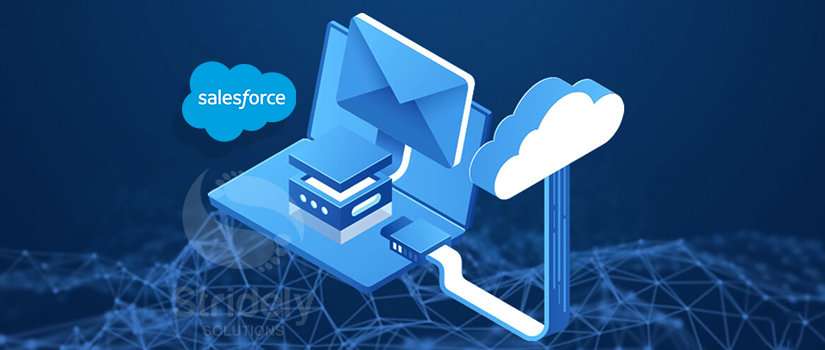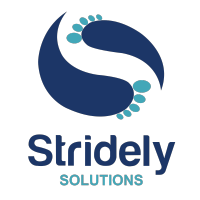Advantages of Utilizing Data Science and ML in your Enterprise Operations

Machine Learning and data science are gradually becoming essential tools for various businesses from the past decade. Without any professional’s expertise who converts seamless technology into pragmatic acumens, Big Data is nothing!
Aspects that make Power BI Advantageous for all your Manufacturing Operations

The manufacturing sector has become more unpredictable and risky than it was, in any other decade. Sudden lockdowns, unimagined shutdowns, heightening costs, supply chain troubles, complexities in operations, and issues in handling logistics processes – we have witnessed it all for various companies.
Managing Employee Lifecycle with D365 Human Resource for Enterprises: Learn why and how to do it?

People are the greatest resource of any organization. Treating your employees fairly and providing them will all the opportunities to develop their careers will help you in achieving your business goals. This is where the Human Capital Management comes in.
How to Build apps on Salesforce: All that you need to know about Salesforce AppExchange

Salesforce is a widely-used cloud-based SaaS Platform that specializes in customer relationship management (CRM). Apart from handling Enterprise CRM operations, Salesforce also provides other services such as enterprise applications for customer service, marketing automation solutions, and application development.
Running JDE in One Global Instance Vs in Multiple Instances – A Quick Comparison

JD Edwards EnterpriseOne is a reliable ERP suite that comes with a development kit and resource planning tools. The software, as a whole, enables you with multiple technical and functional abilities. The emphasis of this solution remains on delivering business value, standardizing the use of technology, and reducing the cost of ownership for you.

